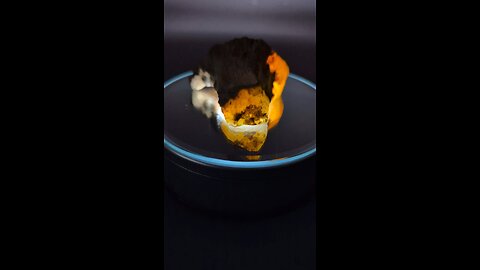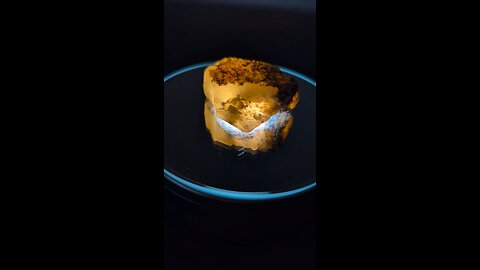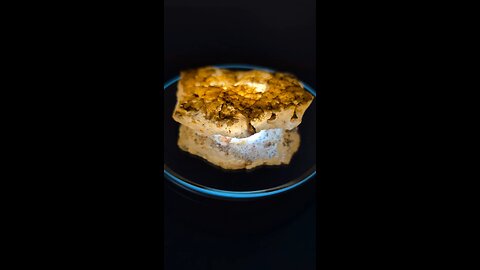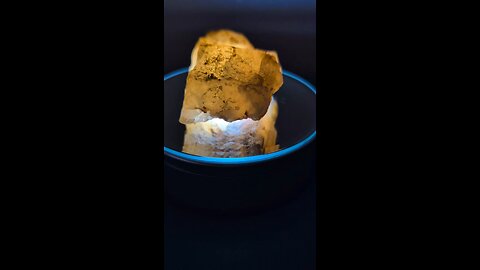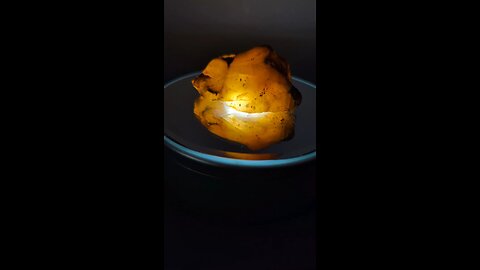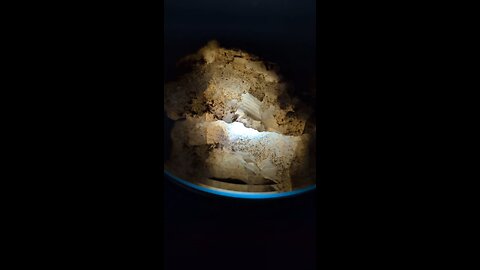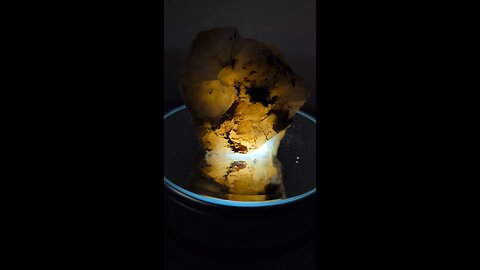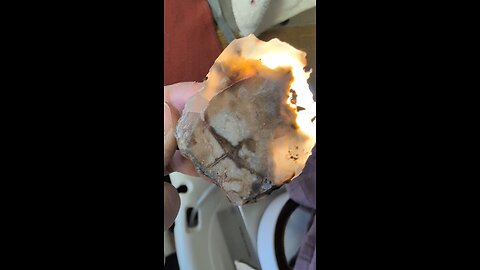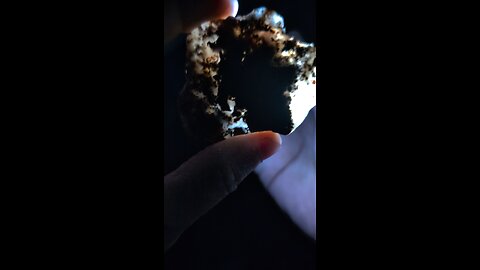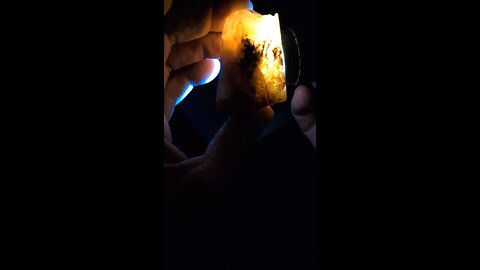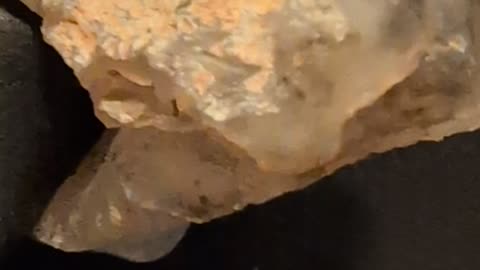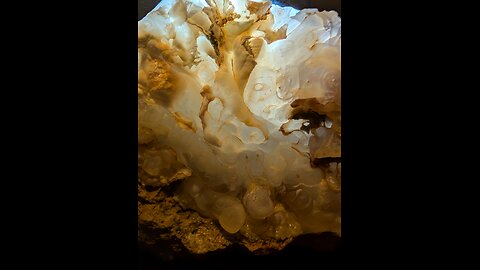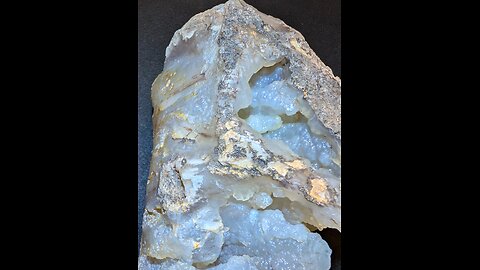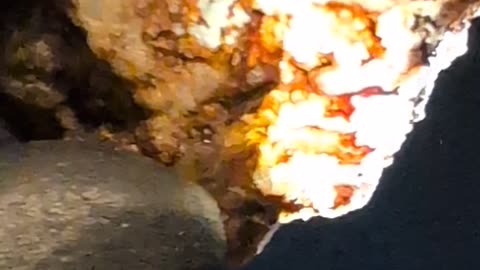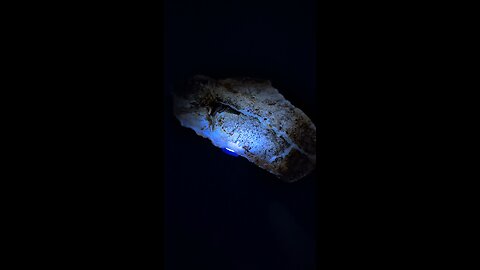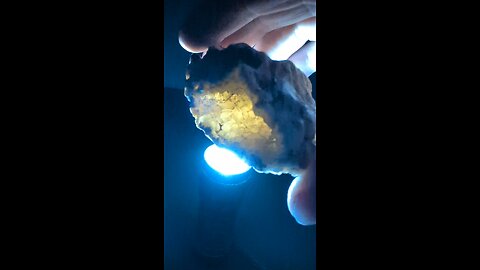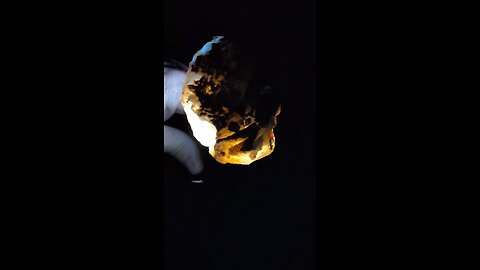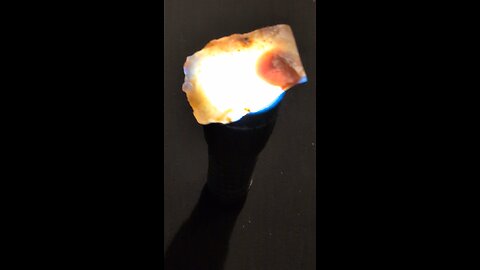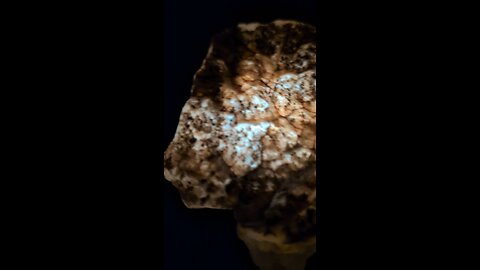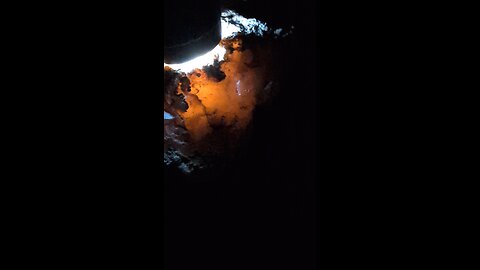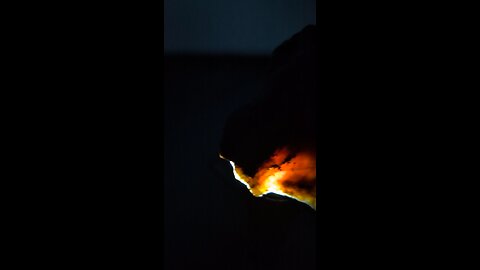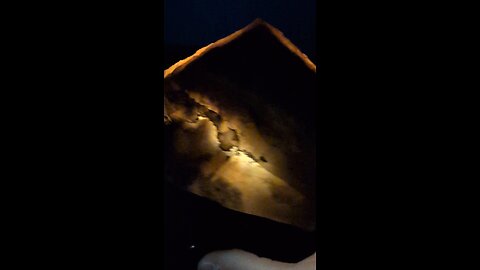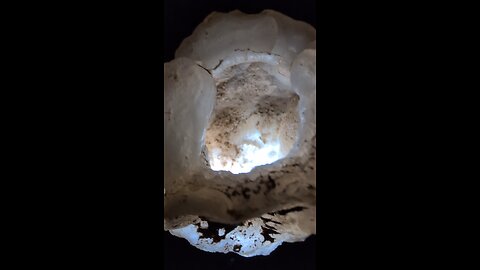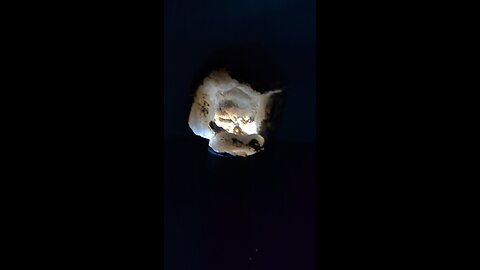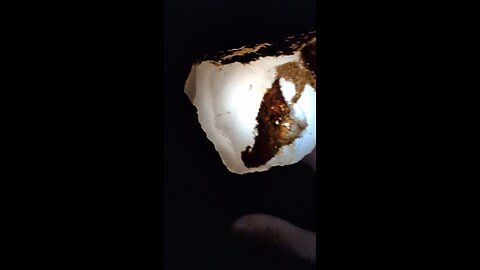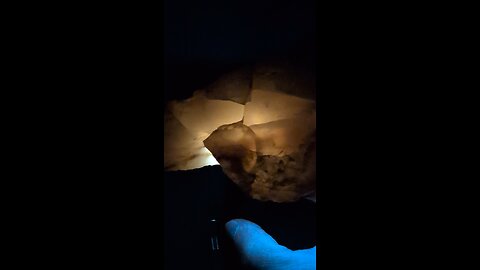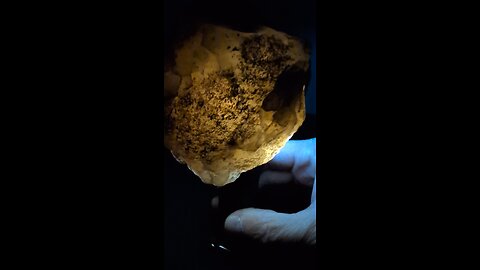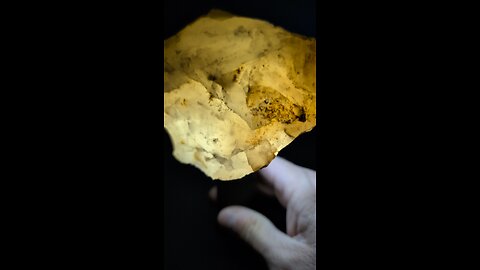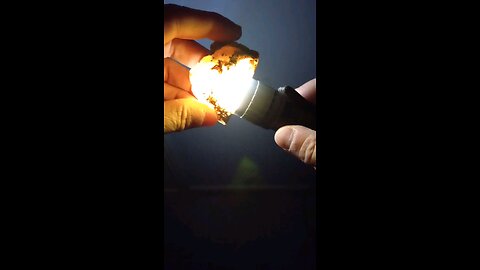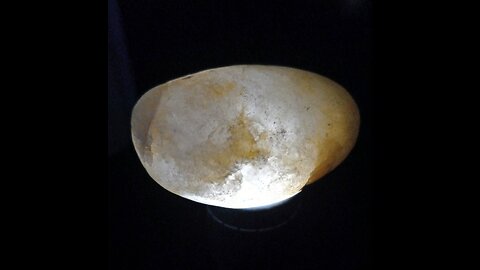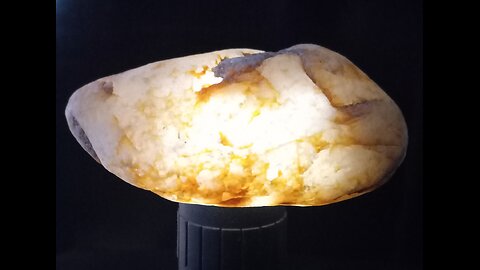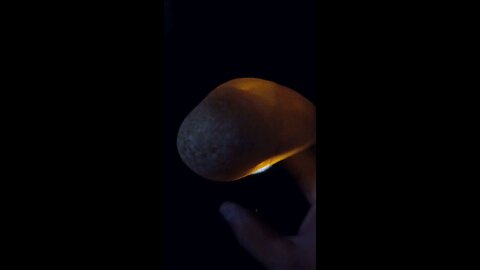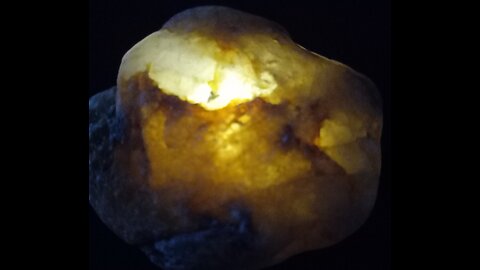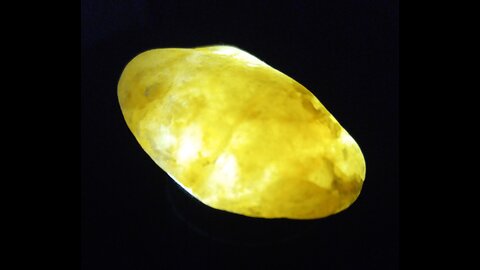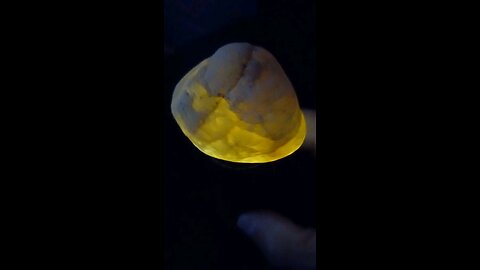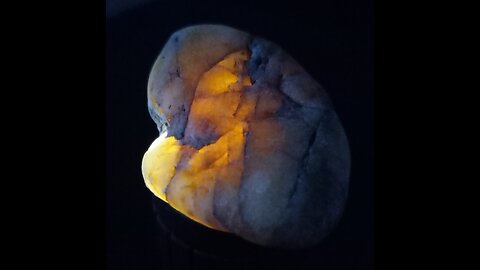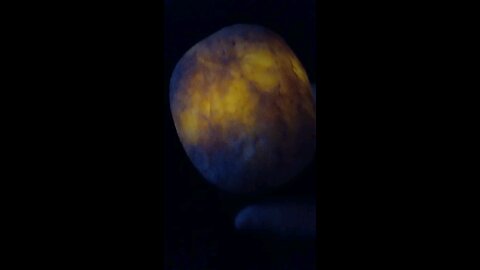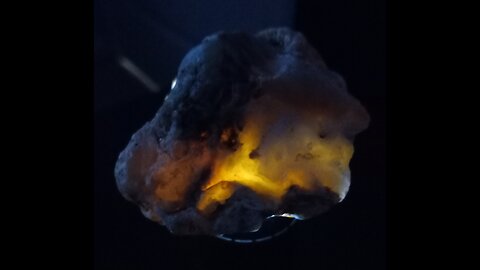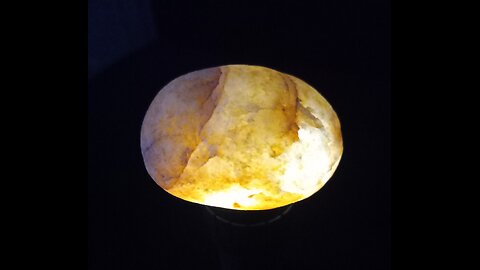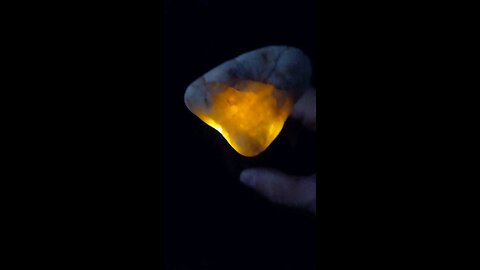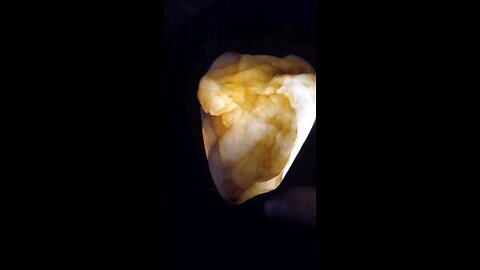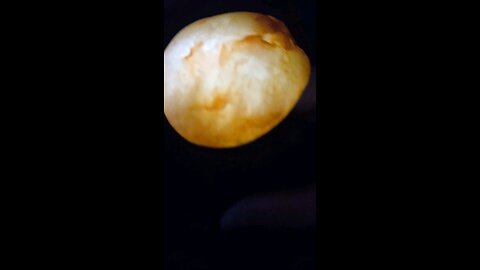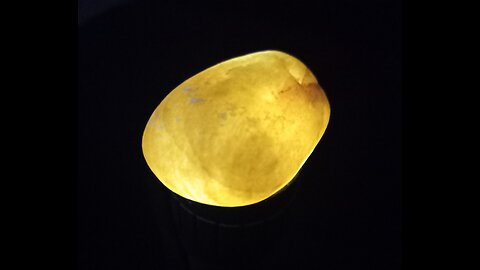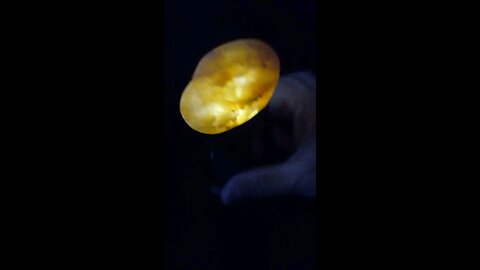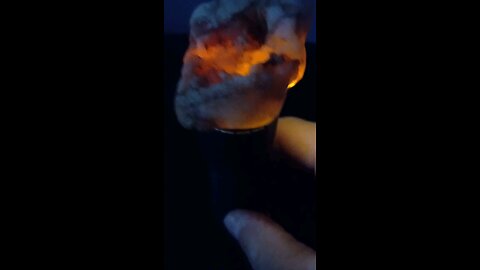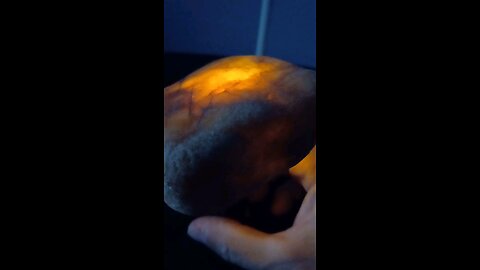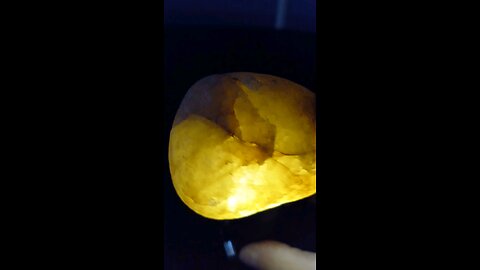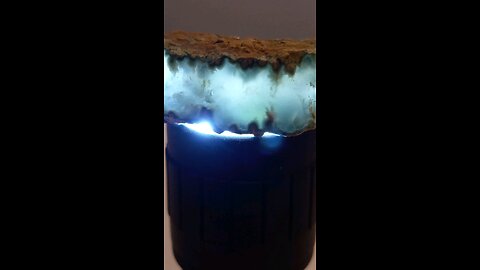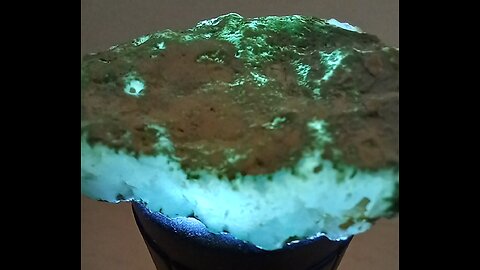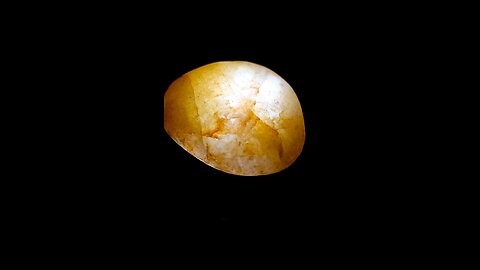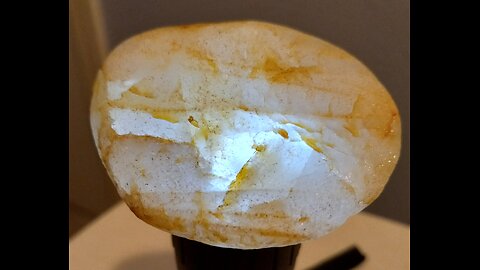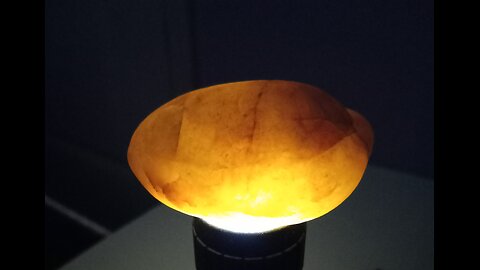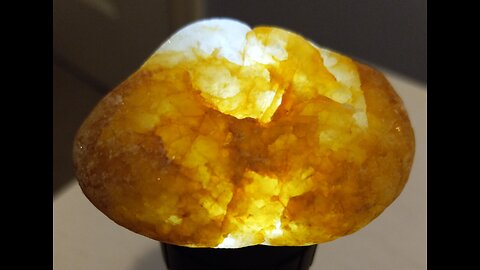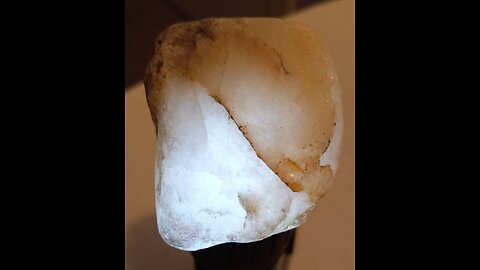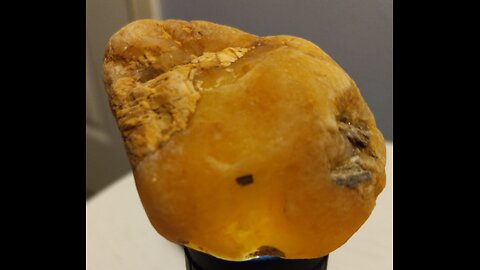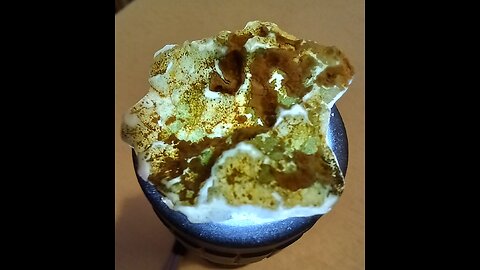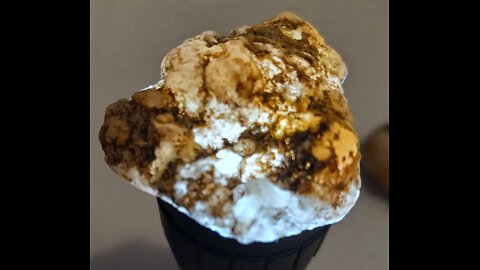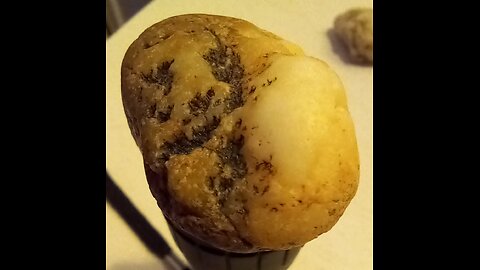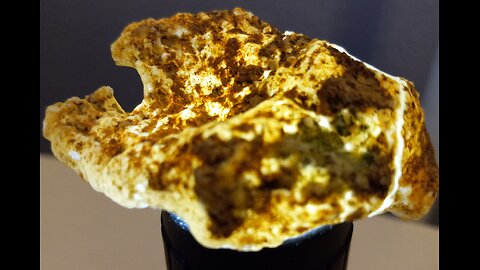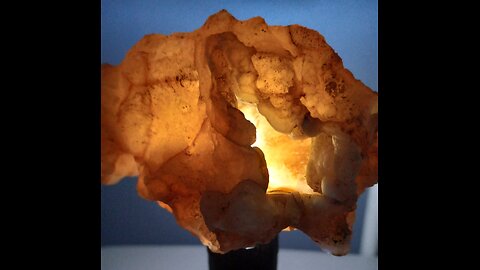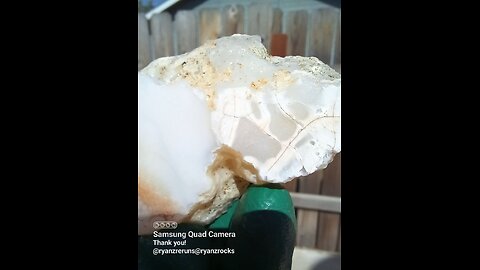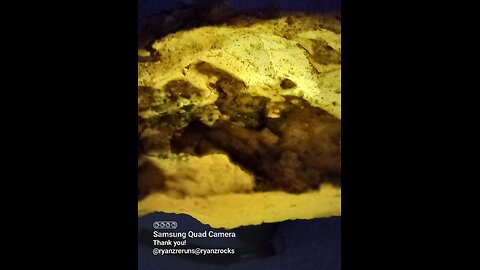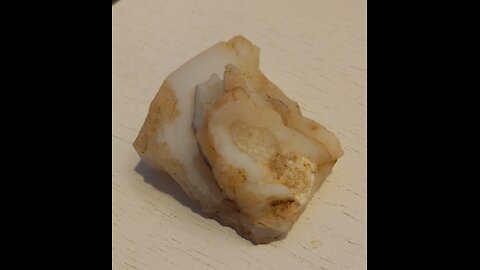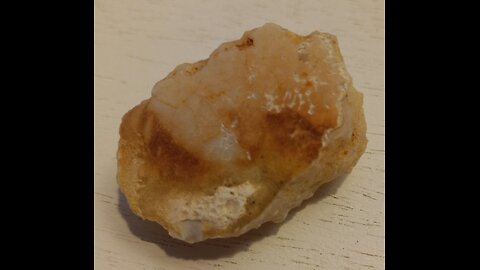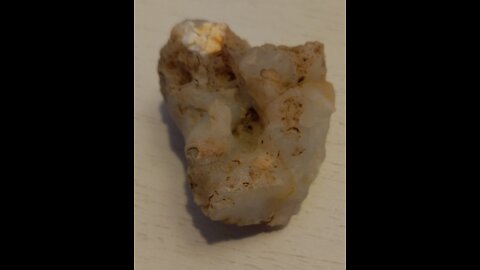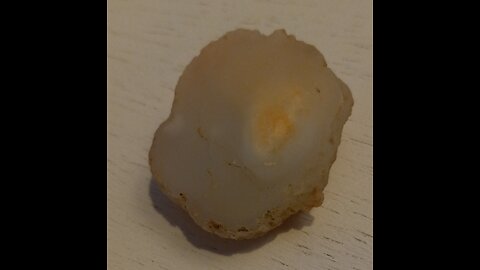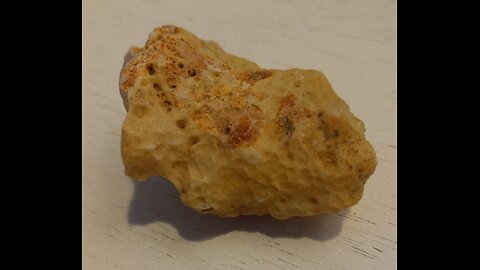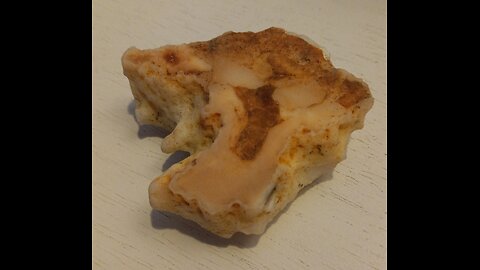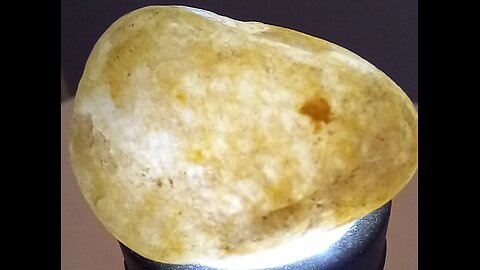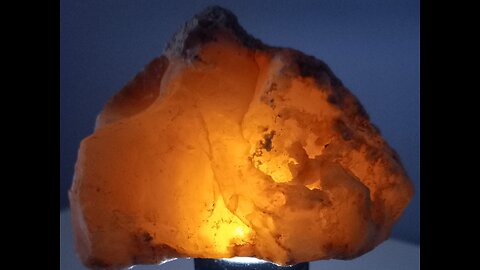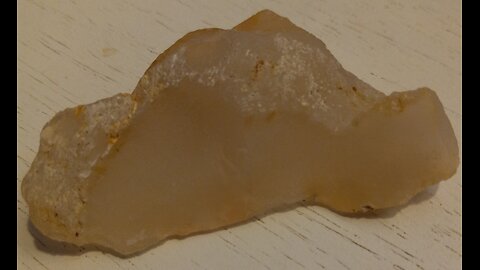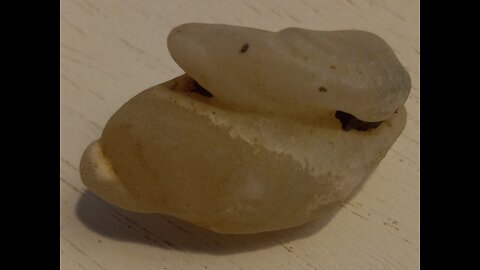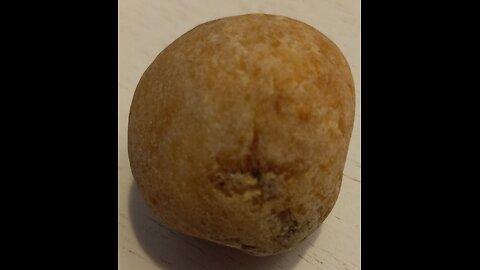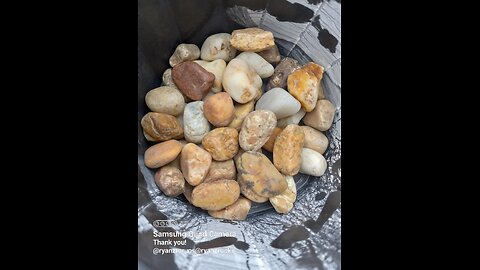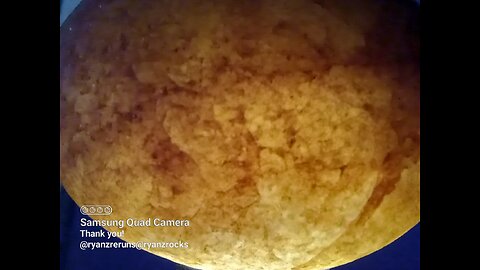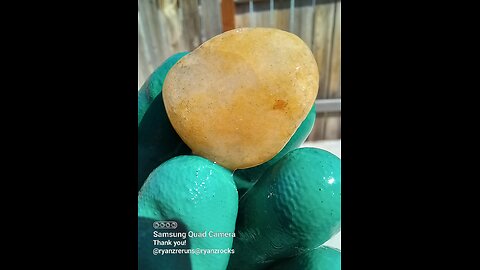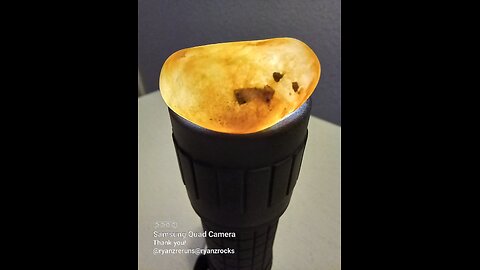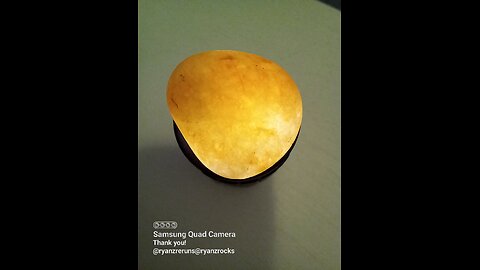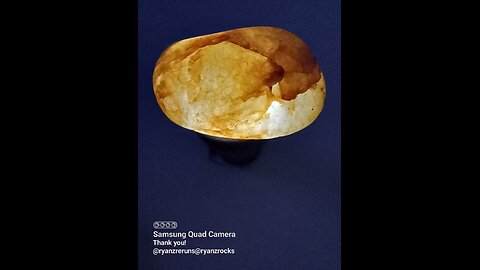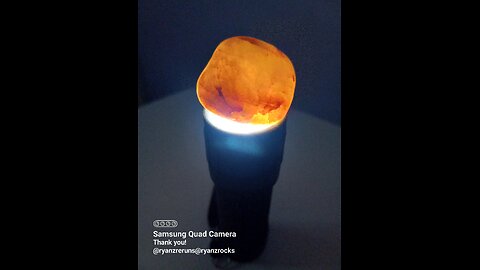Premium Only Content
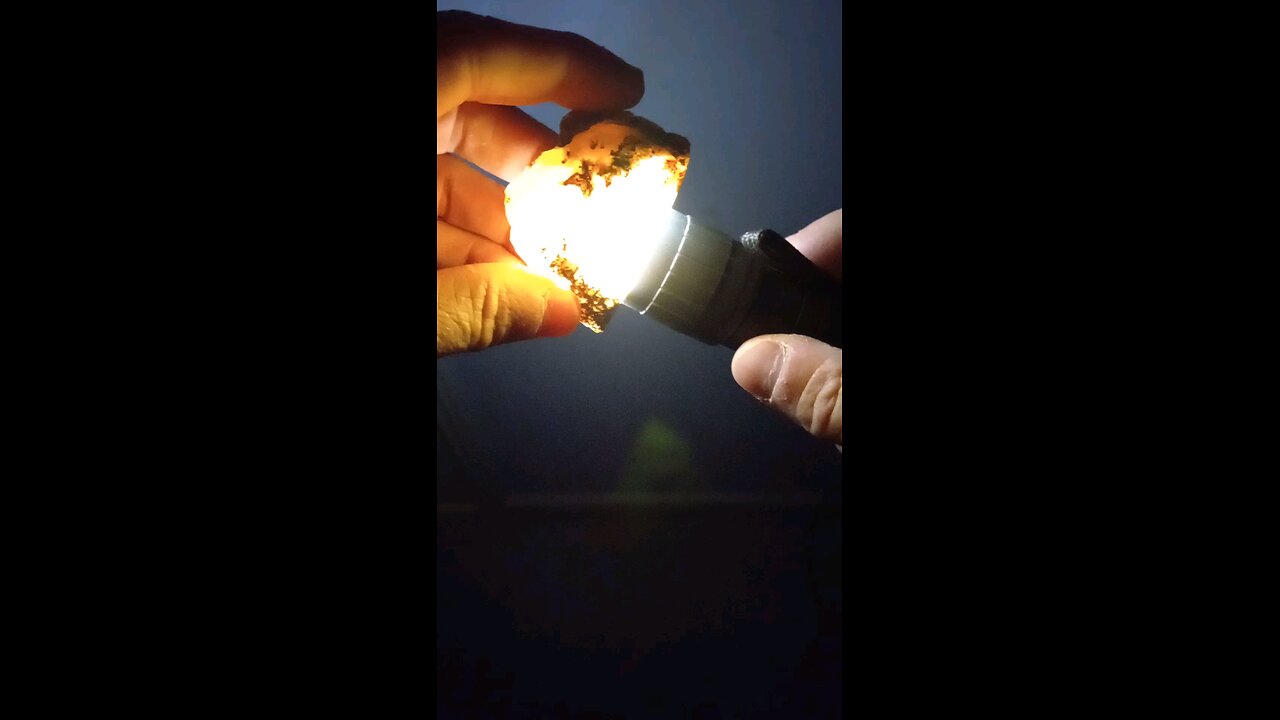
Glow Carnelean!
Glow Plume Nugget!
Glow Plume Slab!
Glowing Plume!
Carnelean Glow!
Agate Glow!
Plume Glow!
Chalcedony glow!
Plume Agate Glow!
Carnelean Glow!
Plume botryoidal chalcedony nugget!
Plume slice!
Botryoidal slice!
Plume flow!
Playing with color!
Botryoidal Glow!
Plume chunk glow!
Red dot glow slice!
Glow plume!
Carnelean Glow!
Jasper glow!
Glow Plume!
Thundercup glow!
Thunderegg glow!
Plume chunk glow!
Slab o' Plume Glow!
Glow chunk!
Plume agate glow!
Beautiful Opal Glow!
Quartz!
Iron Stained Quartz!
Quartz!
Beautiful!
White/Grey Quartz!
Nice!
Mostly Quartz!
Beautiful Quartz!
Quartz Nugget!
Beauty!
Chalcedony?
Purdy!
Chalcedony!
Iron Stained!
Quartz or Chalcedony!?!?
Chalcedony from a Thunderegg!
Quartz +!
Chalcedony!
Rose Quartz!
Yellow Quartz!
Quartz n' Iron!
Beautiful Glow Nodule!
Big ol' Quartzite Glowrock!
Yellow Quartz Glow!
Beautiful Aqua Marine Glow!
Beautiful Aqua Blue/Green Marine!
Pink Quartz!
Beautiful Glow Quartz!
Iron Stained Quartz!
Beautiful Yellow Quartz!
Yellow Agate Nodule!
White Iron Stained Quartz!
White Quartz!
Iron Stained Quartz!
Pretty Yellow Glow Nodule!
Yellow Chalcedony!
White Quartz Shard!
Glow Shard!
Nice Glow!
Half Glow!
Banded Glow!
Bright White!
Glow Blob!
Glow cave!
Beautiful Opal Glow!
Opal is a hydrated amorphous form of silica, with a water content typically between 3 and 21% by weight, most commonly around 6-10%. It's deposited at relatively low temperatures and can be found in the fissures of various rock types, including limonite, sandstone, rhyolite, marl, and basalt. Here's a deeper look into opal:
Types of Opal:
Precious Opal: Known for its "play-of-color," which is an optical phenomenon where colors flash or change as the angle of light or observation changes. This effect is due to the diffraction of light through the microscopic silica spheres within the opal.
Common Opal: Lacks the play-of-color and can come in a variety of colors like white, black, grey, yellow, orange, red, or brown. It's often referred to as "potch" when not gem-quality.
Fire Opal: Typically ranges in color from yellow to orange to red and can be transparent to translucent. Fire opals can exhibit play-of-color, but their name comes from the fiery body color.
Boulder Opal: A type of opal naturally attached to its host rock. It's often cut with the host rock to provide stability and to enhance the visual appeal.
Matrix Opal: The opal fills the cracks and cavities within the host rock, creating a network of opal that's visible on the surface.
Formation:
Primary Opal: Forms through the slow deposition of silica from groundwater in cavities or fractures of rocks.
Secondary Opal: Can form by weathering or alteration of other minerals, often in more superficial environments or through the action of silica-rich waters.
Locations:
Australia: The world's leading source, especially for precious opal, with significant deposits in places like Coober Pedy, Lightning Ridge, and White Cliffs.
Ethiopia: Known for its black opals and more recently discovered opal fields.
Mexico: Famous for fire opals.
Brazil: Produces a variety of opals, including crystal opal.
Properties:
Hardness: Typically ranges between 5.5 to 6.5 on the Mohs scale, though it can be softer if less hydrated or harder if more silica-rich.
Luster: Can range from waxy to resinous to vitreous.
Transparency: Varies from opaque to semi-translucent to transparent.
-
 46:10
46:10
Friday Beers
6 hours agoSkeletons, Cults, & Ex-Girlfriends Terrorize Our DND Campaign
24 -
 LIVE
LIVE
megimu32
49 minutes agoON THE SUBJECT: STOP REMAKING CLASSICS — Hollywood Is Out of Ideas!
411 watching -
 LIVE
LIVE
MyronGainesX
16 hours ago $8.49 earnedIsrael Strikes Iran! WAR is here! ICE Riots, Diddy Trial And More!
3,856 watching -
 8:52
8:52
The Gun Collective
6 hours agoWhat THEY won't tell you .... Griffin Mk2 PCC Honest Gun Review
407 -
 LIVE
LIVE
VOPUSARADIO
5 hours agoPOLITI-SHOCK! "DROP THE HAMMER OF JUSTICE" W/ US Senate Candidate Reagan Box & Hollis Mahady
212 watching -
 59:27
59:27
Sarah Westall
2 hours agoPDiddy Trial Exposes Domestic Violence while Protecting Deeper Corruption w/ Attorney Joe Nierman
6.55K -

Athlete & Artist Show
7 hours agoStanley Cup Final WATCH PARTY
5.35K2 -
 LIVE
LIVE
SpartakusLIVE
3 hours agoAre they really going to end WZ?? || Duos w/ @GloryJean
134 watching -
 17:03
17:03
Tundra Tactical
1 hour agoAntigun Groups Are HIDING the Truth from You!
5.05K1 -
 LIVE
LIVE
Josh Pate's College Football Show
6 hours ago $0.06 earnedCFB’s Big Changes | SEC Schedule Release | Big Ten QB Rankings | Honeymoon Takeaways
42 watching
